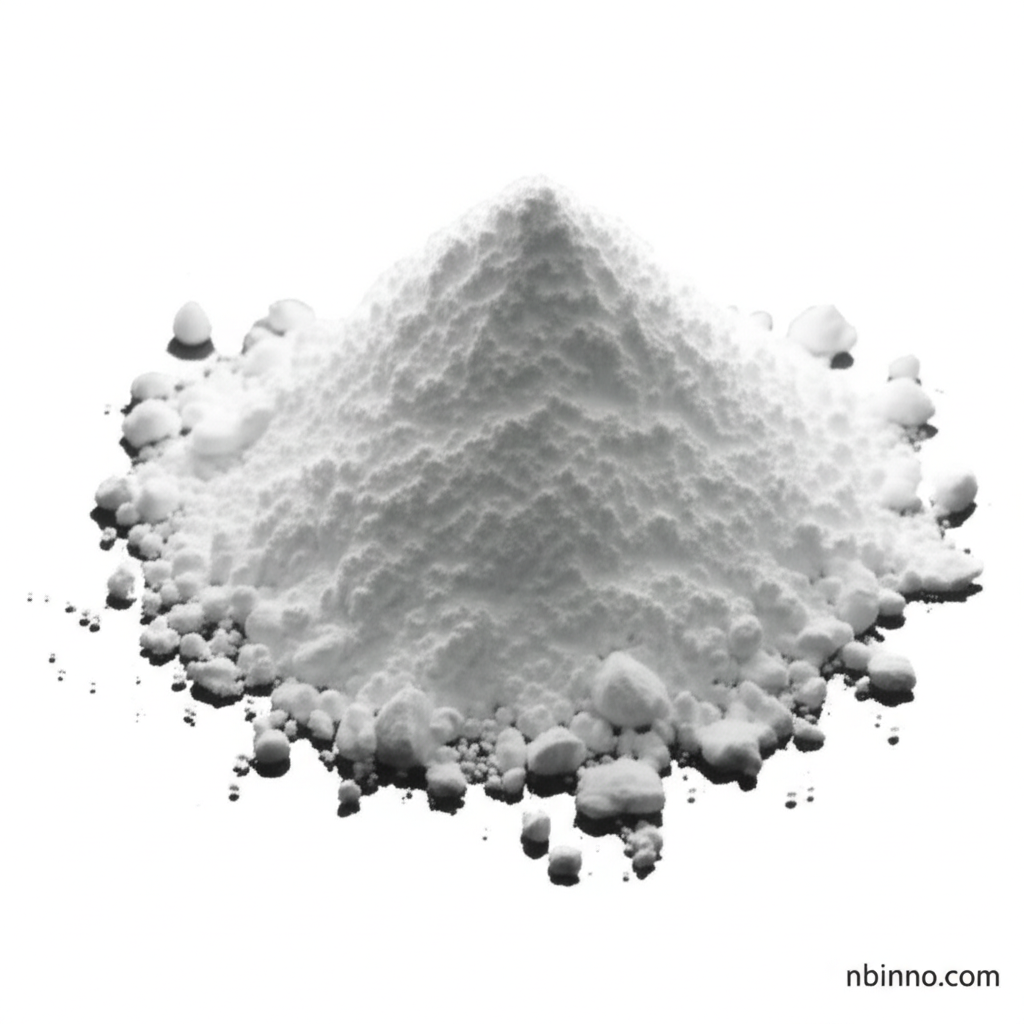Hypoxanthine CAS 68-94-0: A Comprehensive Guide to its Properties, Applications, and Significance
Explore the multifaceted world of Hypoxanthine (CAS 68-94-0), a vital purine derivative with diverse applications.
Get a Quote & SampleProduct Core Value

Hypoxanthine
Hypoxanthine (CAS 68-94-0) is a fundamental organic intermediate with a white powder appearance. Its chemical structure and properties make it invaluable in various scientific and industrial applications, serving as a crucial building block in organic synthesis and a key metabolite in biological systems.
- Discover the essential role of hypoxanthine in cell culture applications, providing a vital nutrient source for various cell types.
- Learn about hypoxanthine CAS 68-94-0 as a critical chemical intermediate in the synthesis of more complex organic compounds.
- Explore the biological significance of hypoxanthine, including its involvement in nucleic acid metabolism and its presence in various biological fluids.
- Understand the applications of hypoxanthine in research, from studying metabolic disorders to its potential role in understanding extraterrestrial organic chemistry.
Key Advantages
Chemical Purity and Stability
With a high purity often exceeding 99%, Hypoxanthine (CAS 68-94-0) offers reliable performance in sensitive research and synthesis protocols, maintaining stability under recommended storage conditions.
Versatile Biological Roles
Hypoxanthine is a naturally occurring purine derivative with extensive biological roles, acting as a precursor and metabolite in critical biochemical pathways, which is essential for various cell and parasite cultures.
Extensive Research Applications
Its documented involvement in purine metabolism and energy perturbation studies makes hypoxanthine a valuable tool for researchers investigating metabolic disorders, hypoxia, and DNA interactions.
Key Applications
Pharmaceutical Intermediates
Hypoxanthine (CAS 68-94-0) is a critical pharmaceutical intermediate, utilized in the synthesis of various drug compounds and biochemical agents.
Cell Culture Media Component
It serves as a vital nutrient additive in cell culture media, supporting the growth of bacteria, parasites like Plasmodium falciparum, and other animal cells, which is crucial for laboratory research.
Biochemical Research Tool
Researchers employ hypoxanthine to study metabolic pathways, energy perturbation in hypoxia, and its impact on DNA stability, contributing to advancements in biochemistry and molecular biology.
Diagnostic Marker Research
Studies investigate hypoxanthine levels as potential biomarkers for certain metabolic disorders and physiological conditions, aiding in the development of new diagnostic methods.
